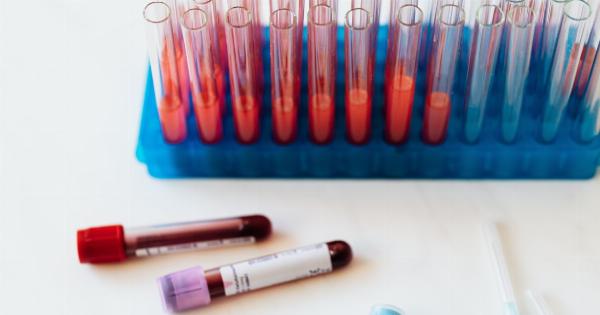Do you feel swollen or heavy? Do you see changes in the shape of your feet, legs, or arms? Do you struggle with frequent urination? If you are experiencing these symptoms, there is a chance that you are dealing with liquid retention.
Liquid retention, also known as edema, happens when the body retains fluids in the tissues instead of eliminating them through the lymphatic system or kidneys.
It can occur anywhere in the body, but it is more common in the ankles, feet, legs, and hands. Liquid retention might not be a severe health issue, but it can cause discomfort and inconvenience in daily life. If left untreated, it can lead to other health problems, such as hypertension, heart failure, and kidney disease.
Therefore, it is essential to recognize the symptoms of liquid retention and take action to manage it properly.
What Causes Liquid Retention?
The causes of liquid retention can vary from hormonal changes to certain medications to chronic diseases. Here are a few of the most common factors that contribute to liquid retention:.
1. Hormonal Imbalance
Hormonal changes during pregnancy, menstrual cycle, or menopause can cause fluid retention.
2. Sedentary Lifestyle
When you sit or stand for long hours, gravity pulls the fluid down to your feet and ankles, leading to swelling and bloating.
Lack of physical activity can also weaken the muscles and veins in the legs and slow down the blood flow, making it harder for the lymphatic system to remove the excess fluid.
3. High Salt Intake
Excessive consumption of salt can cause the body to retain water, leading to dehydration and bloating. Sodium is an essential mineral, but too much of it can disrupt the electrolyte balance and affect the body’s fluid regulation.
4. Medications
Some medications, such as corticosteroids, nonsteroidal anti-inflammatory drugs (NSAIDs), and certain blood pressure drugs can interfere with the body’s fluid balance and cause edema.
5. Chronic Conditions
Liquid retention can occur as a result of underlying medical conditions, such as kidney disease, heart failure, liver disease, thyroid problems, or lymphedema.
How to Test for Liquid Retention?
If you suspect that you have liquid retention, there is a simple test that you can do at home to confirm it. The test involves pressing your thumb on the swollen area and holding it for a few seconds, then releasing it.
If the indentation remains, it means that there is an excessive amount of fluids in the tissues. The test can be done on your ankles, feet, legs, arms, or any other area that shows signs of swelling or bloating.
What to Do If You Have Liquid Retention?
If you have confirmed that you have liquid retention, the next step is to identify the cause and take appropriate measures to address it. Here are a few tips that can help:.
1. Watch Your Salt Intake
Limit your consumption of salt to less than 2,300 mg per day, or even less if you have high blood pressure or other health problems. You can replace salt with other herbs and spices to add flavor to your dishes.
Avoid processed foods that are high in sodium content.
2. Stay Active
Engage in regular physical activity to improve the blood and lymphatic flow and strengthen the muscles. You can try walking, swimming, cycling, yoga, or any other exercise that suits your preferences.
If you have a sedentary job, take breaks every hour to stretch your legs and move around.
3. Elevate Your Feet
When you sit or lie down, elevate your feet above the heart level to allow the fluid to drain back to the lymphatic system. You can use a cushion or pillow to prop up your feet. Avoid sitting or standing for prolonged periods.
4. Wear Compression Garments
Compression clothing, such as socks, stockings, or sleeves, can help improve the blood and lymphatic circulation, prevent blood clots, and reduce swelling. You can buy compression garments online or at a drugstore.
Make sure to follow the instructions on how to wear and wash them.
5. Seek Medical Advice
If your liquid retention persists despite lifestyle changes, or if you experience other symptoms, such as chest pain, shortness of breath, or sudden weight gain, seek medical attention.
Your doctor can diagnose the underlying cause of your edema and provide appropriate treatment, such as diuretics, hormone therapy, or surgery.
The Bottom Line
Liquid retention can be an annoying condition that affects your daily life. However, with proper diagnosis and treatment, you can manage it effectively and prevent potential health complications.
By following the above tips, you can reduce the risk of edema and promote your overall well-being.






























